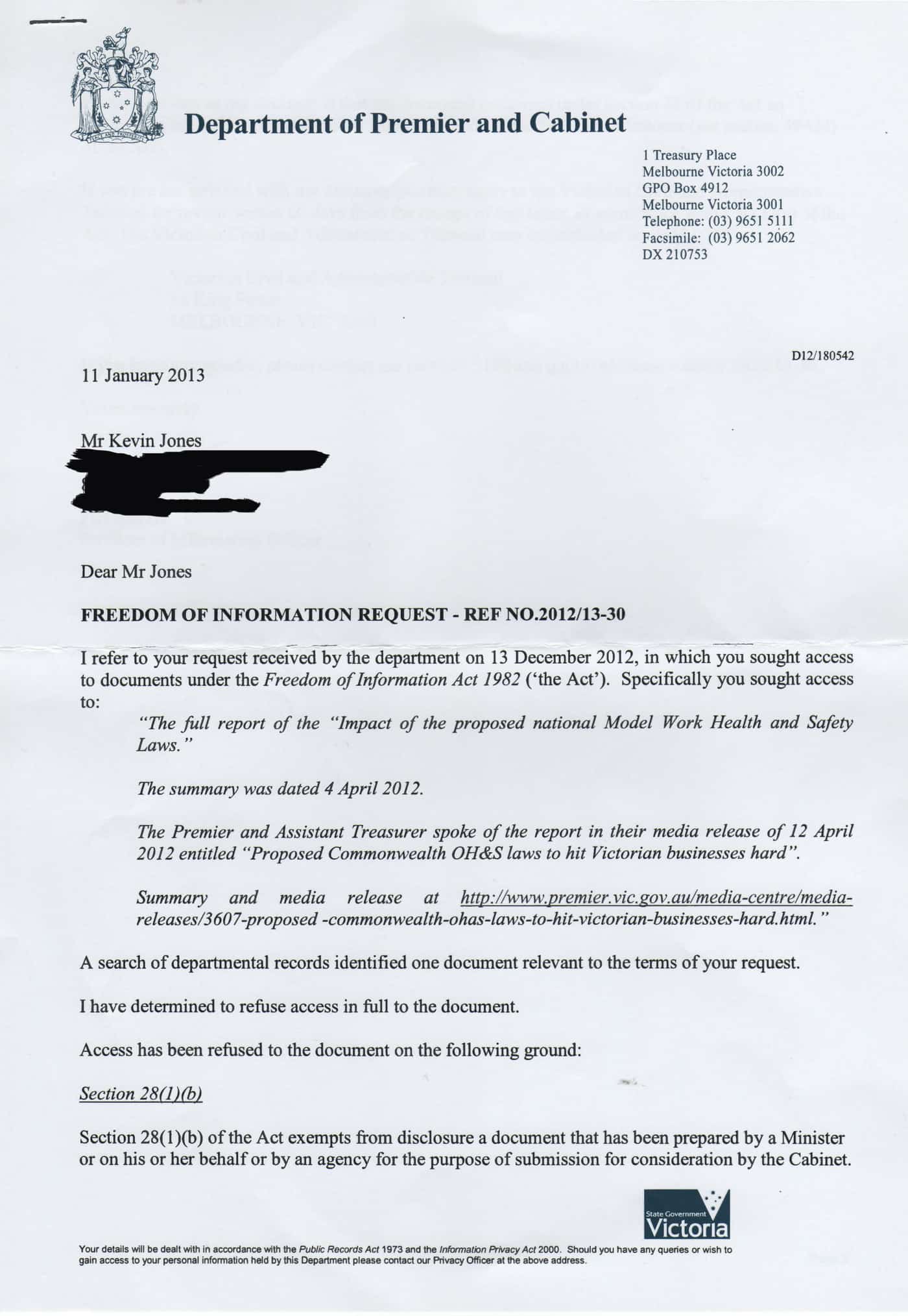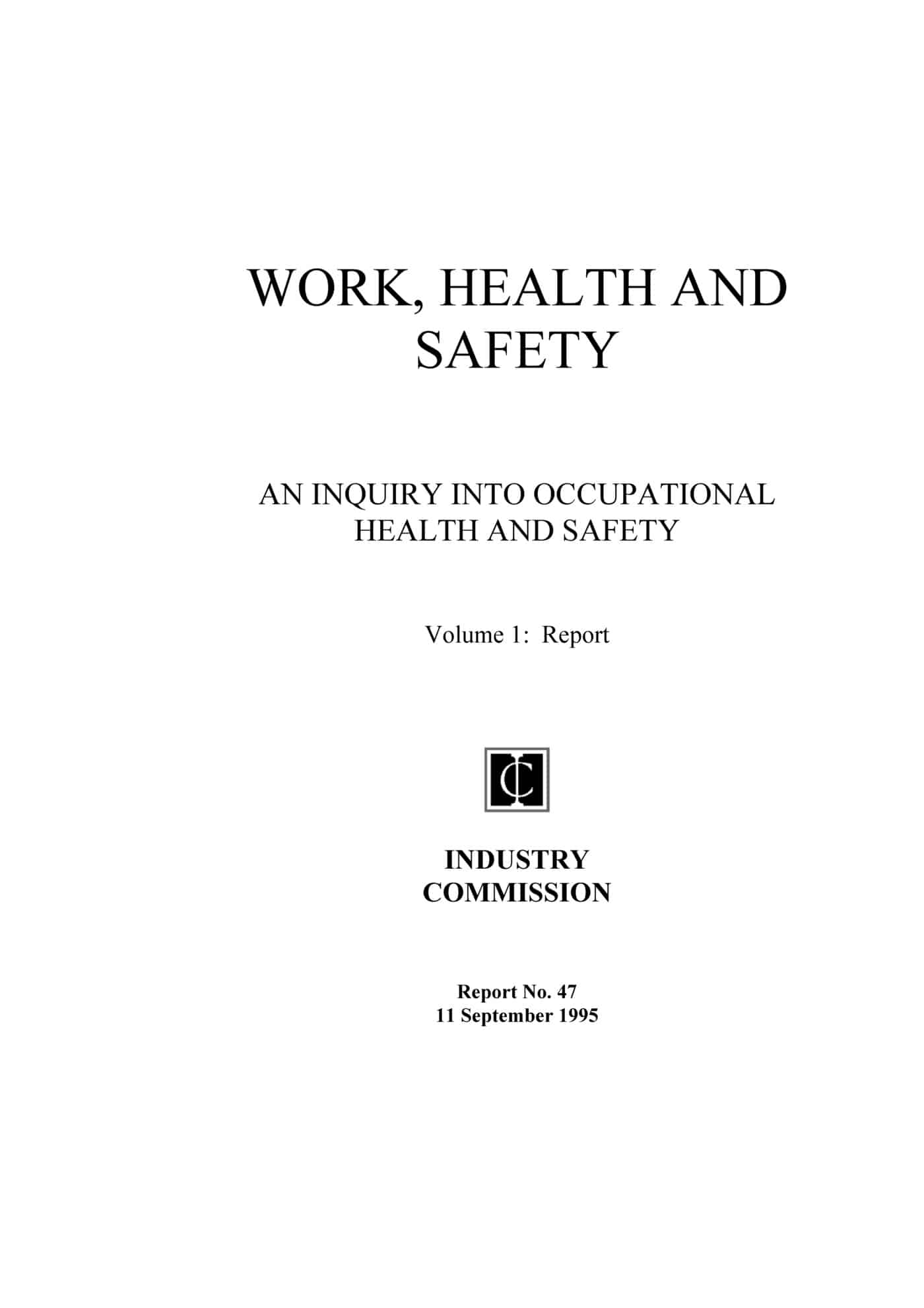For some months Australia’s Workplace Relations Minister Bill Shorten, has been talking about establishing a Centre for Workplace Leadership. This presents an opportunity for practical progress on OHS but it relies on someone joining the dots of occupational safety, workplace health and productivity – a highly unlikely occurrence.
In December 2012, Shorten started looking for a provider of the Centre, a facility that he described as
“…a flagship initiative of the Gillard Government and will play an important role in supporting our aim to increase workplace level productivity and the quality of jobs by improving leadership capability in Australian workplaces…
He also said that
“This will not be another training company. The Centre will drive a broader Continue reading “Shorten’s Centre for Workplace Leadership is likely to ignore OHS”




 A lot of recent discussion of the impacts of workplace safety and productivity has centred on the Productivity Commission’s “
A lot of recent discussion of the impacts of workplace safety and productivity has centred on the Productivity Commission’s “ In 2012 many countries have been required to pursue economic austerity measures. A national or international economy rarely has any direct effect on safety management but the current economic status has led to an increase in harsh, or strong, political decisions and some of these decisions will affect safety management and professionals. One obvious manifestation of political safety decisions is the UK Government’s decision to allow small businesses to step outside its occupational health and safety (OHS) laws in its pursuit of reducing supposed “
In 2012 many countries have been required to pursue economic austerity measures. A national or international economy rarely has any direct effect on safety management but the current economic status has led to an increase in harsh, or strong, political decisions and some of these decisions will affect safety management and professionals. One obvious manifestation of political safety decisions is the UK Government’s decision to allow small businesses to step outside its occupational health and safety (OHS) laws in its pursuit of reducing supposed “ In 2012, the Victorian Government introduced a
In 2012, the Victorian Government introduced a